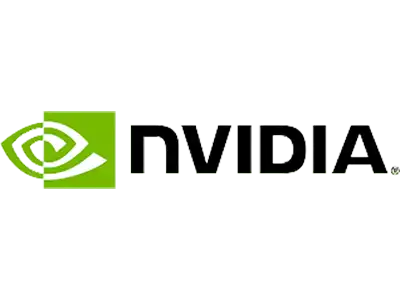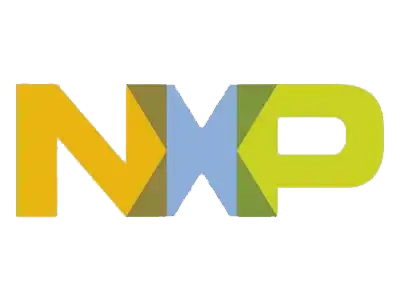Blogs - Hardware
NVIDIA Drive OS: Revolutionizing the Autonomous Vehicle Landscape
NVIDIA Drive OS is a sophisticated operating system designed to unlock the full potential of autonomous vehicles. By enabling real-time processing, deep learning integration, and a scalable architecture – Drive OS provides a robust foundation for developers to build safe, intelligent self-driving solutions across industries.
Everything to Know about SoC Development
System-on-a-Chip (SoC) integrates all components of a computer or electronic system into a single chip, enabling smaller, cheaper, and more power-efficient devices. This article explores what an SoC is, its architecture and development process, and the benefits it offers in embedded systems, IoT, and consumer electronics.
ADAS: Everything You Need to Know
Advanced Driver-Assistance Systems (ADAS) are the future of smart and safe driving. These ingenious technologies employ cameras, radars, sensors and software to help drivers by automatically detecting hazards and even taking control of the vehicle when required. From adaptive cruise control to auto parking systems, ADAS aims to prevent accidents caused by human errors, which lead to over 90% of crashes today.
Meet Aritra- An Autonomous Mobile Robot (AMR) with Accurate Indoor Positioning and Navigation
The article outlines the evolution of robotics, emphasizing their diverse roles in simplifying and securing human life. It introduces ARITRA, an Autonomous Mobile Robot (AMR) developed by eInfochips and explores AMR technology. The article delves into Aritra’s features, applications, distinct capabilities, technology stack, hardware, and potential future enhancements. Additionally, it reflects on the expanding role of mobile robots in industry and promotes eInfochips’ Robotics Centre of Excellence.
Transforming Solutions for Smart Buildings and Connected Devices Using latest EIC-i.MX93-210 platform
In today’s rapidly changing world, the Internet of Things (IoT) has emerged as a transformative force, spurring innovation and reshaping businesses. The i.MX93 platform, which has played an important role in defining IoT solutions for smart buildings and connected devices, is one of the major components underpinning this transition. In this blog, we will look at the possibilities of the i.MX93 and how it is revolutionizing the way we interact with our surroundings.
Understanding Battery Management System (BMS) – How It Works, Building Blocks, and Functions
When you step inside your electric car and switch it on, the cluster displays the distance you can go. You choose your pit brakes based on this range to reach your goal, but have you ever wondered how your car determines how far it can go?
Audio Processing – Low Power Consumption
Power consumption is an increasingly important aspect of personal computers, and efforts are being made on both software and hardware fronts to reduce it. The CPU accounts for a significant portion of the power consumed, and to extend battery life, CPU power consumption must be reduced. This can be achieved by placing the CPU in a sleep state when idle or by reducing its processing load.
Designing Efficient and Future-Ready EV Charging Stations: Key Considerations
With the rising demand for electric vehicles, designing efficient EV charging stations is crucial. They must address challenges like communication, safety, security, and future grid integration while allowing for easy upgrades and incorporating essential components.
Understanding DO-178C Certification Artifacts and Software Life Cycle Data Items for Various DALs
DO-178C is a critical document for software developers involved in the certification of airborne systems and equipment. However, understanding the software life cycle data or artifacts required for certification can be a challenging task. In this blog post, we will explain the minimum software life cycle data required for submission to the certification authority, along with any additional data items that may be requested.




